Academic drawing: L'Écorché du Houdon. Italian school. 19th century. 59x44cm
This represents the statue of the écorché by the French sculptor Houdon.
Sculpture - Anatomical model of the male body, later transformed into numerous plate casts used by painters for the study and practice of anatomy.
The drawing depicts a man with a raised hand, without skin to show in detail his underlying muscles.
This is one of the many examples of academic exercises based on the most important copies on plates of classical and Renaissance statues.
Jean-Antoine Houdon (1741-1828) was a French sculptor who created his famous model in 1767 during his stay in Rome at the Académie de France. He was working on a monumental religious sculpture of Saint John the Baptist and simultaneously created a version without skin, relying on anatomical drawings that illustrated the details of muscle groups.
Houdon created a highly useful tool for artists, which is still used in art schools around the world. The key factor in the popularity of this sculpture, known as the "Écorché," became its movement. The pose in which the figure is fixed is perfectly chosen to demonstrate the form and function of the joints. In this position, the torso reveals the most distinctive characteristics of its parts.
A major advantage for students drawing the Écorché figure is that the entire internal structure of the body is presented uncovered, that is, without the skin layer. The skin, in this case, is a secondary layer that can be omitted in constructive drawing.
For academy students, drawing the Écorché is beneficial because, in the process of working on the drawing, there is an artistic study of the muscle covering and a familiarity with the appearance and shape of the muscles. All anatomical forms of the sculpture are adapted for drawing. The analysis of the body structure occurs through the plasticity, directly on the sheet as a graphic representation.
19th century.
59 cm x 44 cm.
Charcoal on paper.
Good conservation conditions with small defects in the margins.






























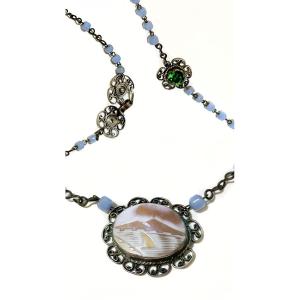


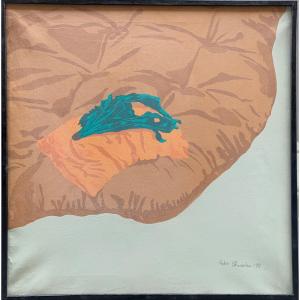


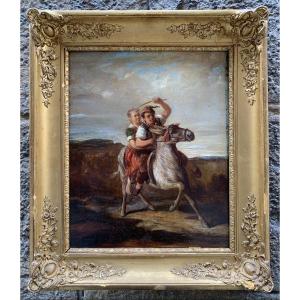

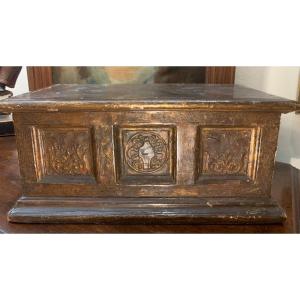
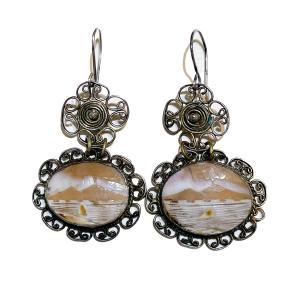
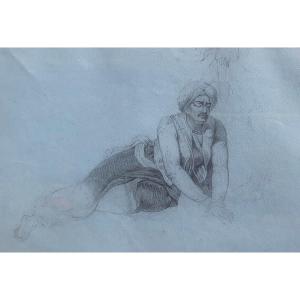
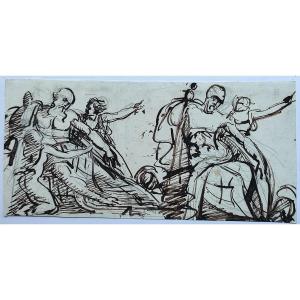
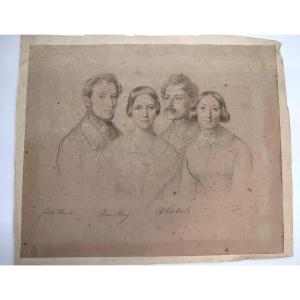





 Le Magazine de PROANTIC
Le Magazine de PROANTIC TRÉSORS Magazine
TRÉSORS Magazine Rivista Artiquariato
Rivista Artiquariato